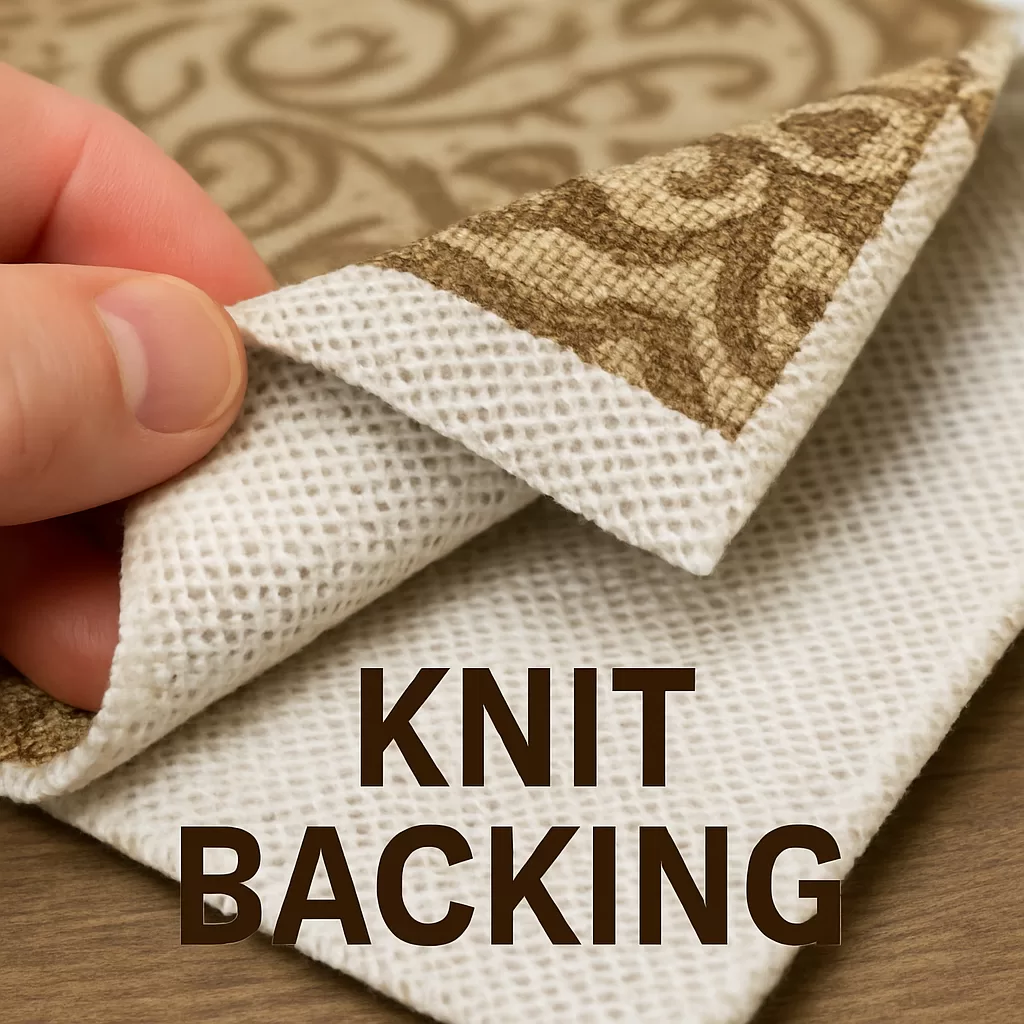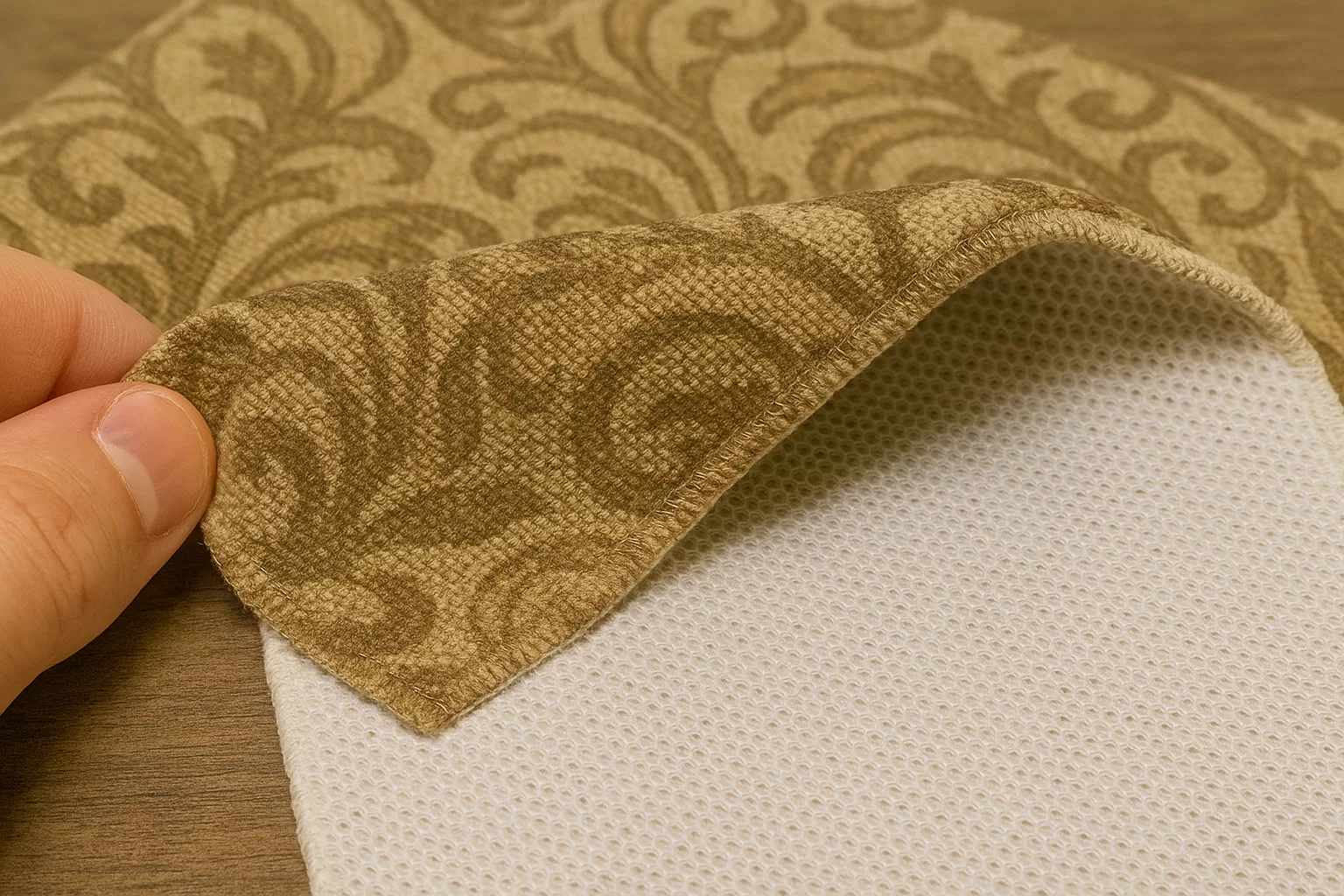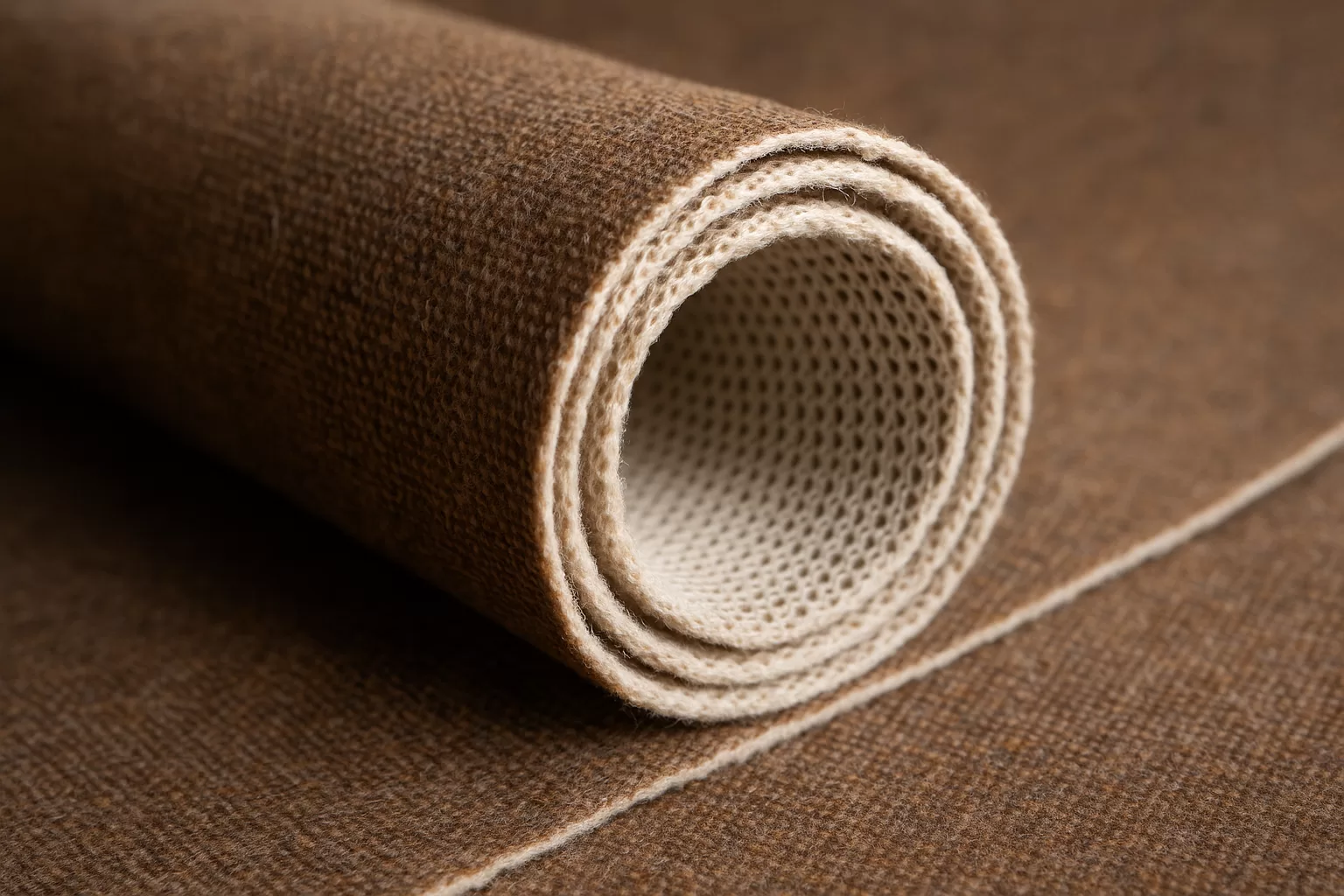In the world of commercial interiors, upholstery, and textile innovation, the conversation often revolves around fabric appearance, texture, and durability. But behind every high-performing textile lies a supporting process that ensures it can stand up to the demands of the real world—knit backing.
Whether you’re an interior designer sourcing premium fabrics, a furniture manufacturer creating high-traffic products, or a mill looking to stabilize complex weaves, understanding the value of knit backing can help you achieve higher performance outcomes without sacrificing visual appeal. This guide breaks down everything you need to know—from what knit backing is, to when and why it should be used, and how it impacts the final product in both aesthetic and functional ways.
What Is Knit Backing?
At its core, knit backing is the process of laminating a lightweight knitted fabric—typically made of polyester—to the back of another fabric, usually a woven or decorative textile. The goal is to reinforce the structure of the top fabric, giving it more strength and stability while maintaining the look, feel, and drape of the original material.
Think of knit backing as an invisible backbone. It doesn’t alter the beauty of the face fabric but ensures it holds up during fabrication and daily use. Unlike heavier or rigid backings like latex or acrylic coatings, knit backing is soft, flexible, and engineered to move with the fabric, not against it.
Why Knit Backing Is More Relevant Than Ever
As fabric design evolves, so do the challenges that come with it. Interior design trends are increasingly favoring open-weave, delicate, or vintage-inspired fabrics that aren’t always built for performance. At the same time, spaces like hotels, hospitals, and corporate offices demand higher durability and longevity from every surface—including upholstery and wallcoverings.
Knit backing provides a practical, behind-the-scenes solution that lets designers and manufacturers work with the fabrics they love, without compromising on safety, stability, or long-term wear.
Key reasons why knit backing is gaining traction:
-
Modern aesthetics meet commercial demands – It allows thinner, trend-forward fabrics to be used in environments where performance standards are non-negotiable.
-
Sustainability and reuse – Many reclaimed or repurposed textiles benefit from reinforcement to be brought back to life in modern applications.
-
Precision fabrication – As digital cutting and automated sewing processes become the norm, fabric stability is essential for clean, consistent results.
In short, knit backing opens the door for more creative freedom while meeting the increasingly complex demands of today’s spaces.
Benefits of Knit Backing: Performance Without Compromise
When applied correctly, knit backing enhances the core performance metrics of a fabric without making it stiff, bulky, or visually altered. Here’s how it transforms the usability of a textile:
1. Stabilizes Weave Structure
Loose or open weaves, especially in natural fabrics like linen or silk, tend to shift during fabrication. Knit backing locks the weave in place, preserving the alignment and minimizing stretch.
2. Improves Tear Strength
Fabrics that fray or rip easily can become problematic in upholstery or panel applications. Knit backing adds a protective layer that resists tearing without increasing thickness or weight dramatically.
3. Increases Dimensional Stability
It helps fabrics maintain their shape during cutting, sewing, or installation. This is particularly important for custom furniture, wall panels, or pattern-matched installations.
4. Enhances Adhesion for Wallcoverings
When used on fabrics intended for wrapped panels or direct wall applications, knit backing improves surface bonding and minimizes bubbling or wrinkling during installation.
5. Maintains Fabric Drape and Feel
Unlike rigid coatings or interlinings, knit backing moves with the fabric, preserving the softness and tactile appeal that designers chose it for in the first place.
Ideal Use Cases for Knit-Backed Fabrics
Knit backing is used across multiple industries and applications. Some of the most common environments include:
-
Corporate and Hospitality Upholstery: Lounge chairs, conference room seating, and lobby furniture that need to combine style with heavy-duty use.
-
Acoustic Panels and Wrapped Walls: Knit backing makes it easier to wrap decorative fabrics tightly around rigid panels, improving acoustic performance while maintaining sleek visuals.
-
Healthcare and Education Spaces: Environments with strict performance requirements that still want inviting or home-like aesthetics.
-
Marine and Automotive Interiors: Knit-backed fabrics offer better performance in curved or high-motion installations where stretch and alignment matter.
-
High-End Residential Projects: Designers who want to use more delicate or specialty fabrics in long-term settings without risk of early damage.
Whether it’s a one-off custom project or a scaled production run, knit backing improves consistency, performance, and workability.
Knit Backing vs. Other Stabilization Methods
There are multiple ways to enhance the performance of a fabric, but each has trade-offs. Here’s how knit backing compares to other common backing methods:
| Backing Type | Best For | Pros | Cons |
|---|---|---|---|
| Knit Backing | Woven/delicate fabrics needing flexibility | Lightweight, soft, breathable, doesn’t change face fabric | Not ideal for waterproofing or heavy industrial use |
| Latex Coating | Heavy-duty commercial upholstery | High durability, water resistance | Adds stiffness, can alter texture |
| Acrylic Backing | Budget applications or where rigidity is needed | Cost-effective | May crack over time, stiffer feel |
| Interlining | Drapery, thermal performance | Adds body and insulation | Bulky, not ideal for upholstery |
Knit backing offers the most balanced option when aesthetics, flexibility, and moderate reinforcement are priorities.
What Fabrics Benefit Most from Knit Backing?
While not every fabric needs to be knit-backed, the following types typically benefit most:
-
Lightweight linens
-
Silk blends
-
Sheer or semi-sheer weaves
-
Jacquards or tapestries
-
Hand-woven or artisan fabrics
-
Vintage or reclaimed textiles
If the fabric you’re using stretches easily, has an open weave, or frays when cut, knit backing can be a low-profile solution to increase its durability.
How the Knit Backing Process Works at SBI Finishing
At SBI Finishing, we bring precision and quality control to every step of the knit backing process. Our goal is to strengthen your fabric without altering its aesthetic integrity or tactile appeal.
Our process includes:
-
Fabric Assessment – We review fabric composition, width, stretch behavior, and weave type to determine optimal backing.
-
Custom Application – Using specialized adhesive and calibrated equipment, we apply the knit layer evenly across the back of your fabric.
-
Quality Control – Each backed roll is inspected for adhesion quality, weave stability, and surface appearance.
-
Finishing and Delivery – Fabrics are cut, rolled, or prepared per your production or shipping requirements.
We offer short runs or bulk production depending on your needs, and we’re proud to support fabric mills, furniture manufacturers, and design houses across the U.S.
Questions to Ask Before Backing a Fabric
Choosing to knit back a fabric should be a strategic decision. Consider these key questions:
-
Will this fabric be used in a high-wear environment?
-
Does it stretch, shift, or fray when handled?
-
Will it need to wrap around curves or sharp corners?
-
Is it part of a product that must meet a performance spec?
-
Do you need better yield or workability in fabrication?
If the answer to any of the above is “yes,” knit backing is likely the right move.
Knit Backing as a Creative Enabler
Too often, performance demands force designers to compromise. Knit backing flips that dynamic by letting you work with the fabrics you love—even the delicate, rare, or vintage ones—while giving your product the strength it needs to last.
In today’s world of compressed timelines, demanding clients, and ever-evolving design trends, solutions that offer both form and function are priceless. Knit backing is one of those rare technical upgrades that can dramatically impact quality, longevity, and production outcomes—all without altering the artistic intent of your fabric.
Let’s Reinforce Your Next Project
Whether you’re sourcing for a high-traffic hotel lobby, designing signature furniture, or prepping vintage textiles for modern use, SBI Finishing can help. Our knit backing services are trusted by professionals across the industry—and we’re ready to partner with you.
👉 Place your order with us at orders.sbifinishing.com/order or call us at 903-675-1440 to learn more .



